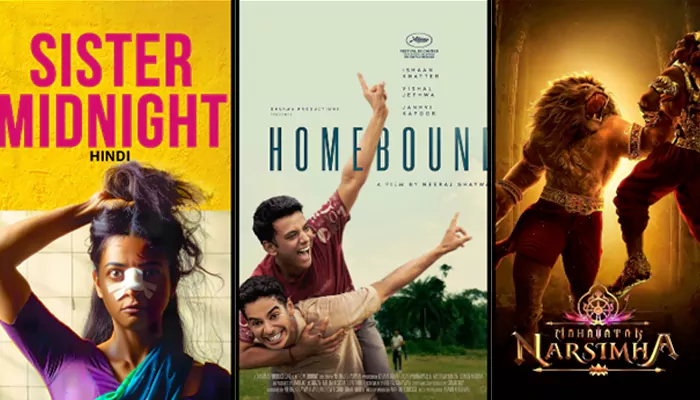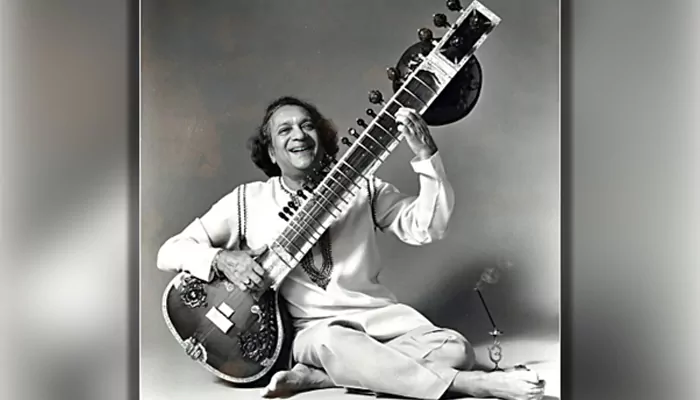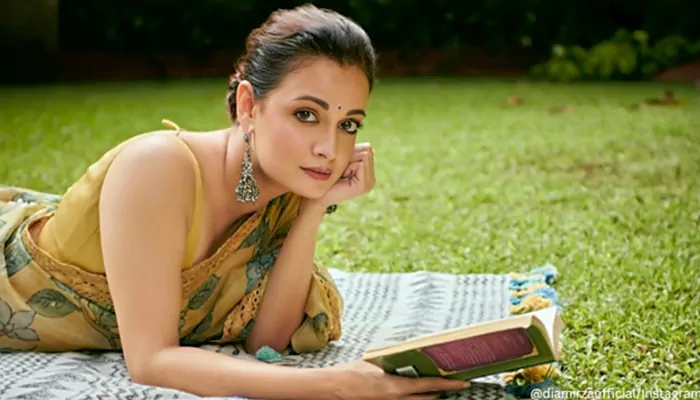International Dance Day: A Look at the Most Popular Global Dance Forms
- Nomeeta
- 7 months ago
- 3 minutes read

Let’s celebrate International Dance Day by exploring the popular dance styles that bring the world to life.
On the occasion of International Dance Day, dancer and choreographer Sidi Larbi Cherkaoui once remarked, “People reflect each other constantly, but when they dance, perhaps what they reflect most is that moment of honesty.” As the world moves to countless rhythms, International Dance Day is observed to raise public awareness about dance as an art form, a means of cultural expression, and an educational tool. It particularly calls upon governments and educational institutions worldwide to incorporate dance into the education system, ensuring its accessibility from primary to higher education. On this occasion, let us take a look at some of the most popular dance forms that have captured hearts across the globe.
Salsa
Salsa is among the most popular forms of Latin dance practiced across the world. It is usually performed with a partner, though it also features elements of solo footwork. Partnered salsa dancing mainly falls into two categories: linear and circular styles. The term "salsa" was introduced by Johnny Pacheco in the 1960s in New York, serving as an umbrella term for the Cuban dance music that was popular in the city at the time.

Ballet
Ballet, which originated in the Italian Renaissance courts of the 15th century and was later refined in Russia, is a performance dance form known for its graceful movements, intricate footwork, and elaborate costumes. It has had a global influence, establishing the foundational techniques that are now integral to many other dance styles and cultures.

Hip-hop
Hip-hop is a style of popular music that emerged from the African-American community in New York City during the early 1970s. It is characterized by stylized rhythmic sounds, often built around funk grooves, electronic drum beats, and rapping. Although the terms "hip-hop" and "rap music" are sometimes used interchangeably, rapping is not always the primary focus of hip-hop. The genre also highlights elements like DJing, turntablism, scratching, beatboxing, and instrumental beats. From underground street battles to mainstream music videos, hip-hop has evolved into a global movement, shaping dance culture not just in India but across the world.

Flamenco
Flamenco is an art form rooted in the diverse folk music traditions of southern Spain, particularly developed within the gitano subculture of Andalusia, with historical ties to Extremadura and Murcia as well. It combines elements such as foot stomping, singing, finger snapping, hand clapping, and guitar playing. A distinctive feature of Flamenco is the female dancer’s flowing red dress. Today, Flamenco is performed around the world and enjoys remarkable popularity, especially in the United States and Japan.

Belly Dance
Belly dance is a traditional oriental dance form, predominantly performed by women. It is characterized by movements of the hips and torso, with dancers typically wearing outfits that leave the belly exposed. The style and costumes vary across different countries and regions, reflecting local traditions. However, Egyptian styles are the most widely recognized internationally, largely due to the influence of Egyptian cinema. Today, belly dancing in its many forms is popular around the world and is taught by numerous dance schools.












